The bon (盆) festival (also called obon) can be understood as ‘the day of the dead’. Depending on the region, the obon (お盆) festival can be celebrated this month or the month before. Places like Tokyo (東京) tend to have the festival in August. Normally this time of the year, it’s hot out, so people will wear a yukata (浴衣). A yutaka (浴衣) is a lighter version of the kimono (着物). The yutaka (浴衣) is made of cotton. Sandals called geta (下駄) are also sometimes worn, but without the tabi (足袋) or socks. Generally speaking, younger women wear floral patterns while older women wear sedated colors.
The bon odori (盆踊り) is the bon dance. The dance differs from region to region and is performed in groups of several people. There is also a high scaffold called a yagura (やぐら), in which a singer or announcer directs and sings along to the dance. According to legend, the dance was started because a monk was overjoyed that his mother was released from suffering in the underworld. To this day the dances are carried out to show one’s appreciation towards one’s dead ancestors. Nowadays, the dances are carried out for entertainment purposes, rather than for spiritual reasons.
The festival can last up to three days. Towards the end of the festival, a ceremony called tooroo nagashi (灯籠流し) is performed. Tooroo nagashi (灯籠流し) means ‘the floating of the lanterns’. The lanterns are made of paper and usually a candle or incense is placed within the lantern. It’s believed that the lanterns help guide any stray spirits to the underworld. Before the advent of modern science and biology, many Japanese people believed that humans came from sources of water. Therefore the floating of the lanterns represent the human body returning to the origin of one’s birth.
While this is a somewhat solemn occassion, it is also a happy time as well. Fireworks and other lighted displays decorate the streets. Food stalls and games are also held for entertainment. As a result, the day of the dead can have twofold purposes. On the one hand, it’s a time of reflection. On the other hand, it’s a time where many Japanese children develop the happiest memories of their childhood.
Thursday, October 1, 2009
Subscribe to:
Post Comments (Atom)
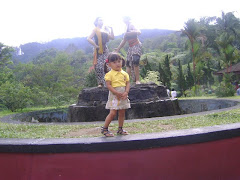
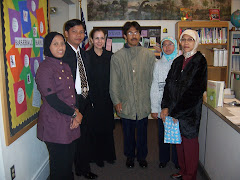

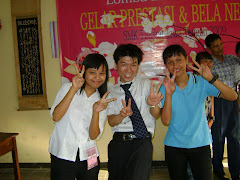
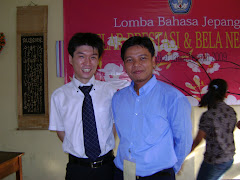
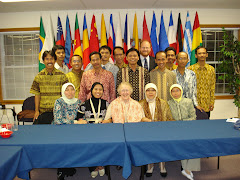

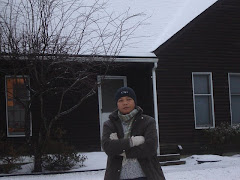
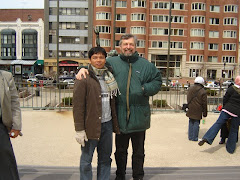
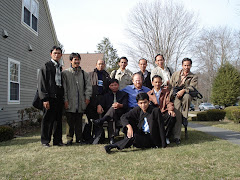



No comments:
Post a Comment